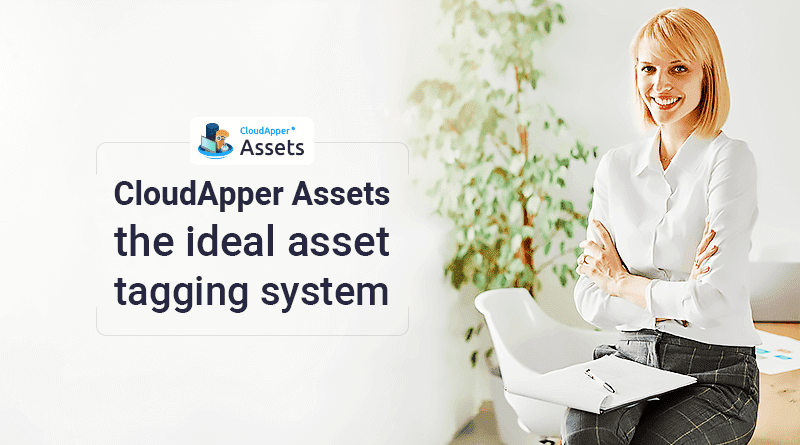Table of Contents
Advancements in technology brought great benefits to businesses. Now businesses can choose between EAM cloud and EAM on-premise. Unlike before when EAM systems were only on-premise. With this option also came the dilemma of choosing the best one per individual business needs. To make things easy, we have listed a few important points which will help you make the right decision.
The difference between EAM Cloud vs EAM on-premise
You must know what you are getting yourself into before making a decision. That is why knowing the difference between the two systems is very important.
Characteristics
Cloud-based: In a cloud computing environment, resources are hosted on the premises of the service provider, but enterprises can access and use as much as they want at any given time.
On-premise: Resources are deployed in-house and within an enterprise’s IT infrastructure in an on-premises environment. An enterprise is in charge of maintaining the solution and all of its associated processes.
Authority
Cloud-based: Many companies – and vendors, for that matter – have struggled with the issue of data ownership in a cloud computing environment. Because data and encryption keys are stored by your third-party provider, you may be unable to access that data if the unexpected occurs and there is downtime.
On-premise: In an on-premises environment, businesses keep all of their data and have complete control over what happens to it, for better or worse. Because of this, companies in highly regulated industries with additional privacy concerns are more likely to be hesitant to jump into the cloud before others.
Pricing
Cloud-based: If a business decides to adopt a cloud computing model, it will only have to pay for the resources it actually uses; there will be no additional fees for upgrades or upkeep.
On-premise: Businesses that choose on-premise software deployment must bear the ongoing expenses of the servers’ hardware, power usage, and physical location.
The pros and cons of EAM Cloud
The advantages of EAM cloud are:
Cost efficient
The amount of money you can save initially is the most significant advantage of an EAM Cloud system. On-premise systems call for a significant initial investment because you must purchase and maintain the hardware required to run the asset management system. Because of their low start-up costs, cloud EAM applications are also popular with smaller businesses.
Low maintenance
Enterprise asset management systems hosted in the cloud eliminate the need for regular maintenance costs. You can leave any issue to be handled by the vendor. With this strategy, you can effectively outsource the technical skills needed for EAM maintenance, freeing up staff time for other projects. Vendors also regularly perform updates to enhance software stability. Most of the time, these upgrades are implemented during the night to minimize any disruptions.
Top-class data security
As technology has progressed, it has become preferable to store critical EAM data in the cloud rather than on-premises. Your EAM data is stored offsite, so even if your physical location suffers damage from a fire, flood, or other disasters, you won’t lose any of your information. Advanced security features and GDPR compliance are standard in cloud-based EAM. Many vendors offer round-the-clock security monitoring and a team of experts dedicated to fending off cyber attacks.
The disadvantages of EAM cloud are:
Regular subscription fee
Using cloud-based software regularly will incur substantial subscription costs. You will always be paying the enterprise asset management system rather than actually owning it. Growing your business requires more functionality from your cloud-based software, which could lead to additional expenses.
Downtime issues
Cloud-based software will inevitably experience some sort of downtime, whether planned or unplanned. There will be a negative effect on operations if you are unable to log in and perform essential tasks like generating reports or documenting maintenance tasks.
The pros and cons of EAM on-premise
The advantages of EAM on-premise are:
Data handled internally
For organizations that deal with confidential information, an on-premise EAM might be the ideal option. This is because, in cloud EAM, the data will be handled by a third-party vendor. Many companies might not prefer this.
On spot support
An on-premise EAM requires hiring permanent staff dedicated to the system. They will be responsible to set up and regularly maintain the system. If for some reason you face any issue with the on-premise EAM system, you will get instant support from the dedicated employees serving the company.
Low cyber threats
Since the company hires staff to develop this system, they are more concerned about cyber threats. Depending on the skill level of the employees, the whole system becomes secure from cyber attacks
The disadvantages of EAM on-premise are:
Expensive
On-premise systems require experts to set up and maintain. This expert staff increases the operating expense of the company. Along with investment in human resources, the business also has to invest in infrastructure. On-premises demands long-term commitments.
Lengthy setup
Besides the high initial investment, on-premise EAM implementation could take some time. This is especially true of highly personalized programs. Cloud-based applications that come preconfigured with only the most fundamental features will be the easiest to deploy and get up and running.
Low security
The system will be safe from external threats but not internal ones. The data can be accessed by any employee with proper credentials. There will be no trace of access to the system which any employee can exploit very easily
CloudApper: EAM Cloud solution
Managing assets can be hard. It requires a lot of work and effort. We want you to refrain from investing any of your valuable time in selecting the right EAM software. CloudApper EAM solution was developed to best serve the customers. After intense evaluation, it was concluded that the EAM cloud solution would be able to tackle any possible trouble that might take place. Hence the whole system is cloud-based. But don’t take words for it, try it yourself.
What is CloudApper AI Platform?
CloudApper AI is an advanced platform that enables organizations to integrate AI into their existing enterprise systems effortlessly, without the need for technical expertise, costly development, or upgrading the underlying infrastructure. By transforming legacy systems into AI-capable solutions, CloudApper allows companies to harness the power of Generative AI quickly and efficiently. This approach has been successfully implemented with leading systems like UKG, Workday, Oracle, Paradox, Amazon AWS Bedrock and can be applied across various industries, helping businesses enhance productivity, automate processes, and gain deeper insights without the usual complexities. With CloudApper AI, you can start experiencing the transformative benefits of AI today. Learn More


























